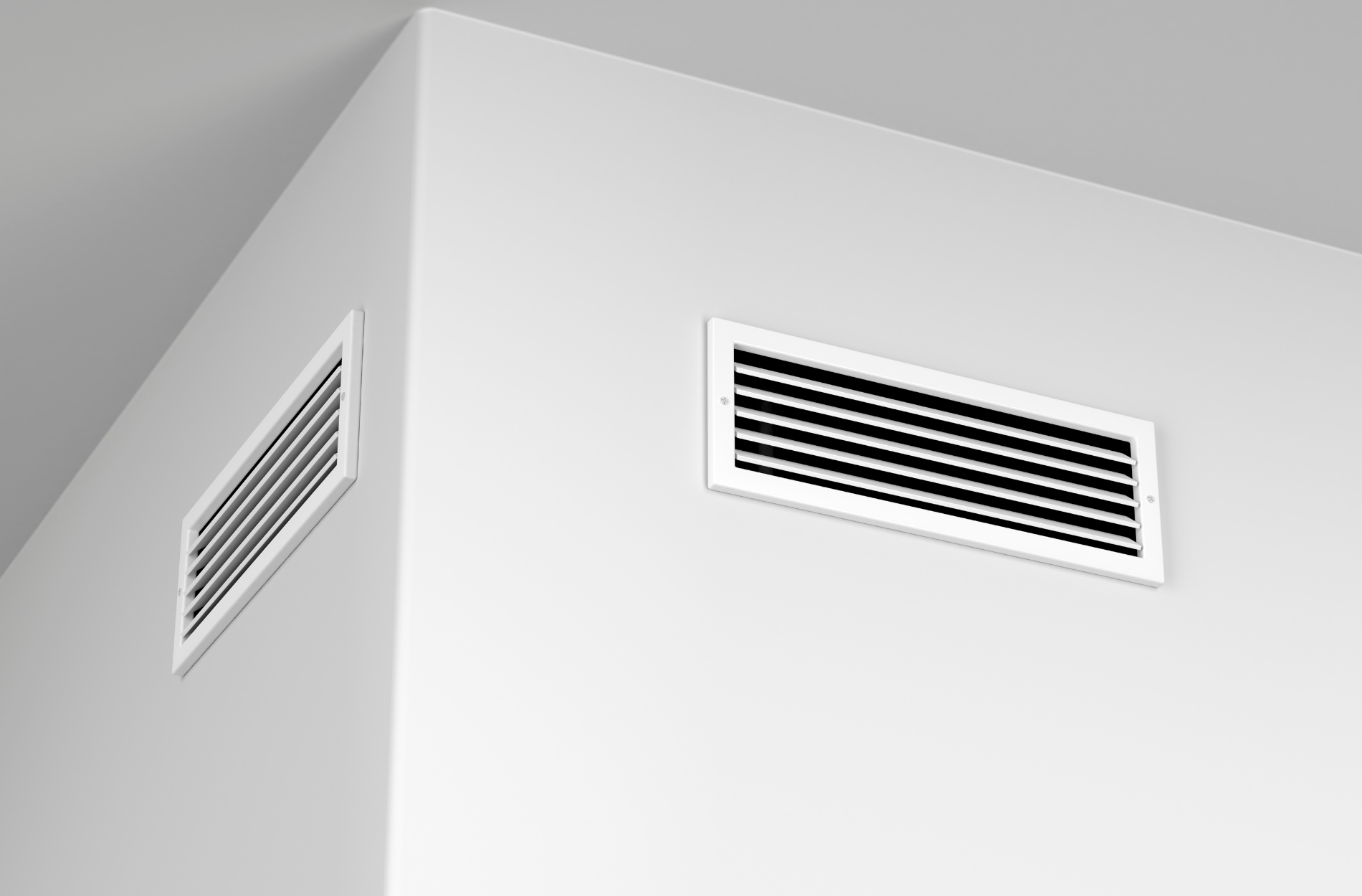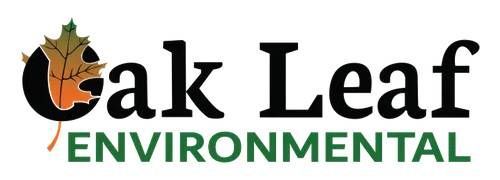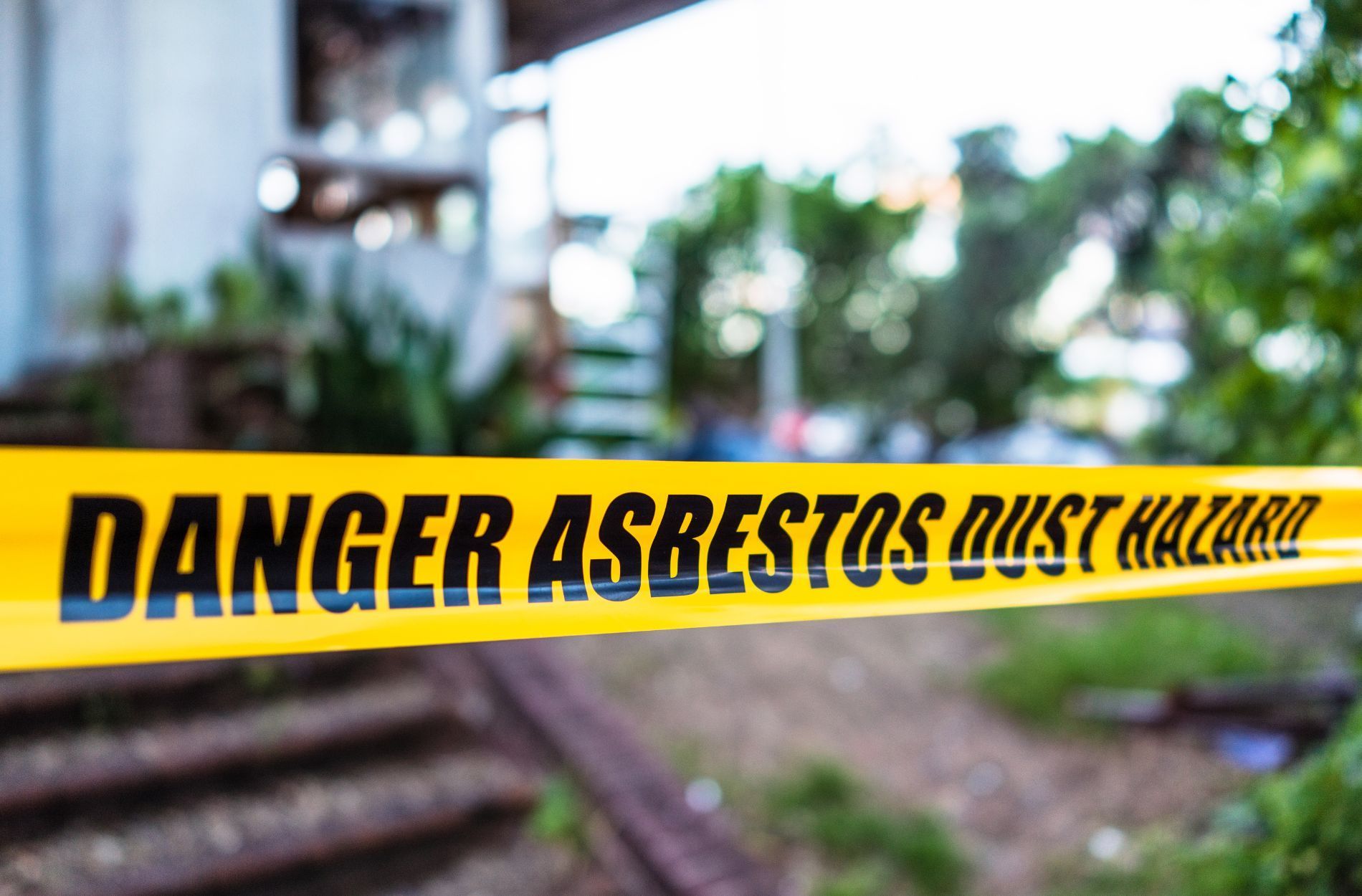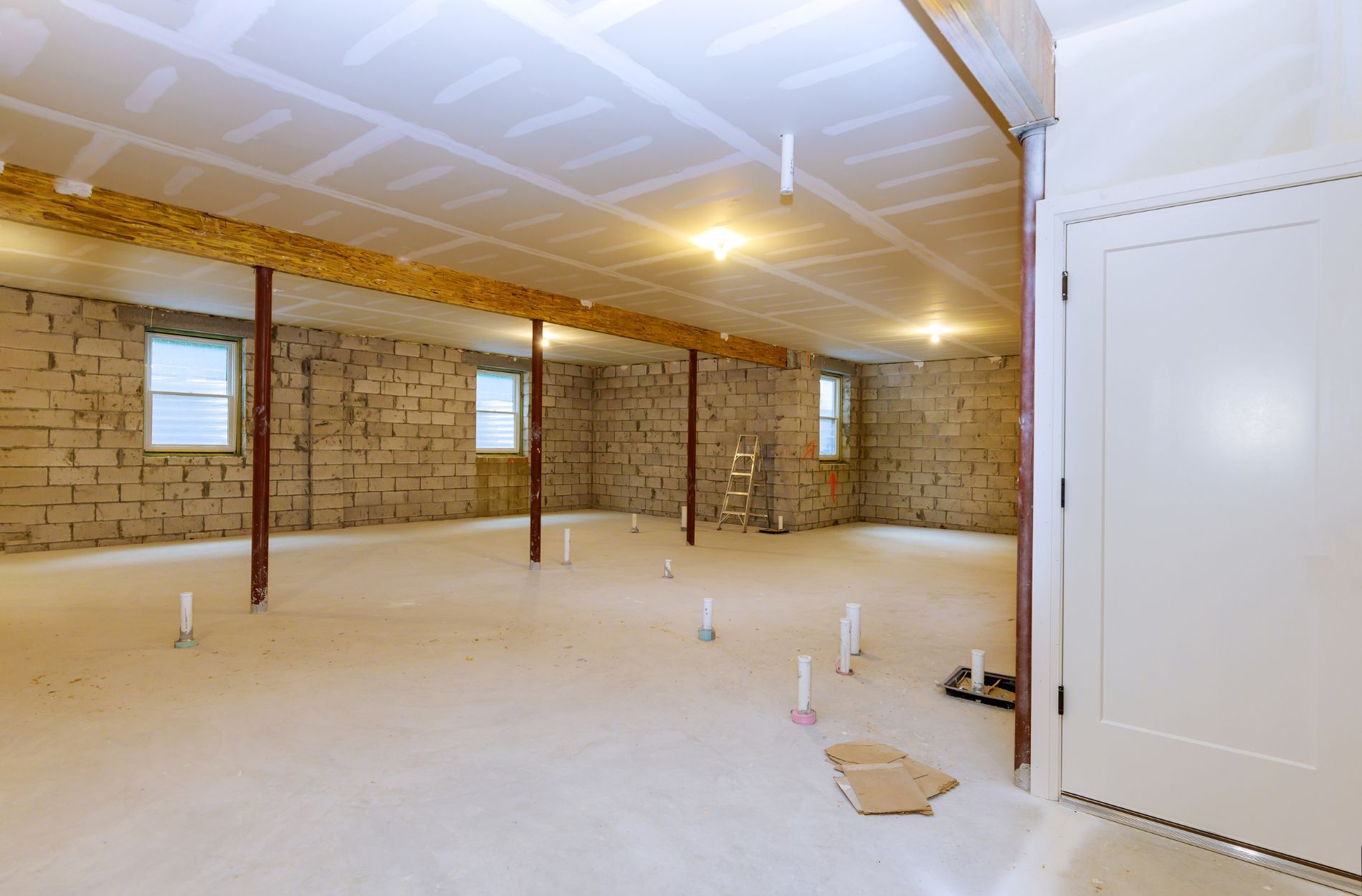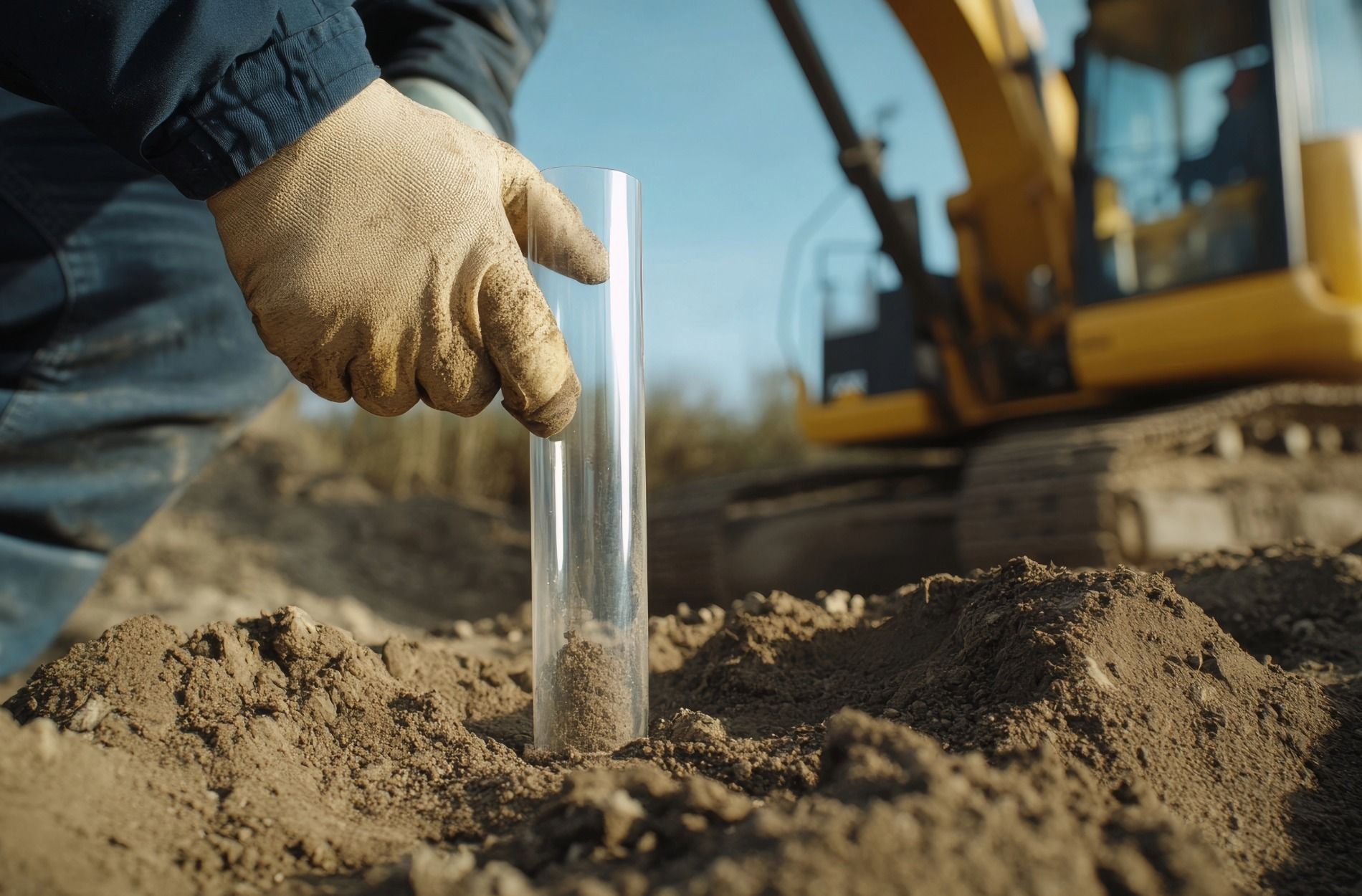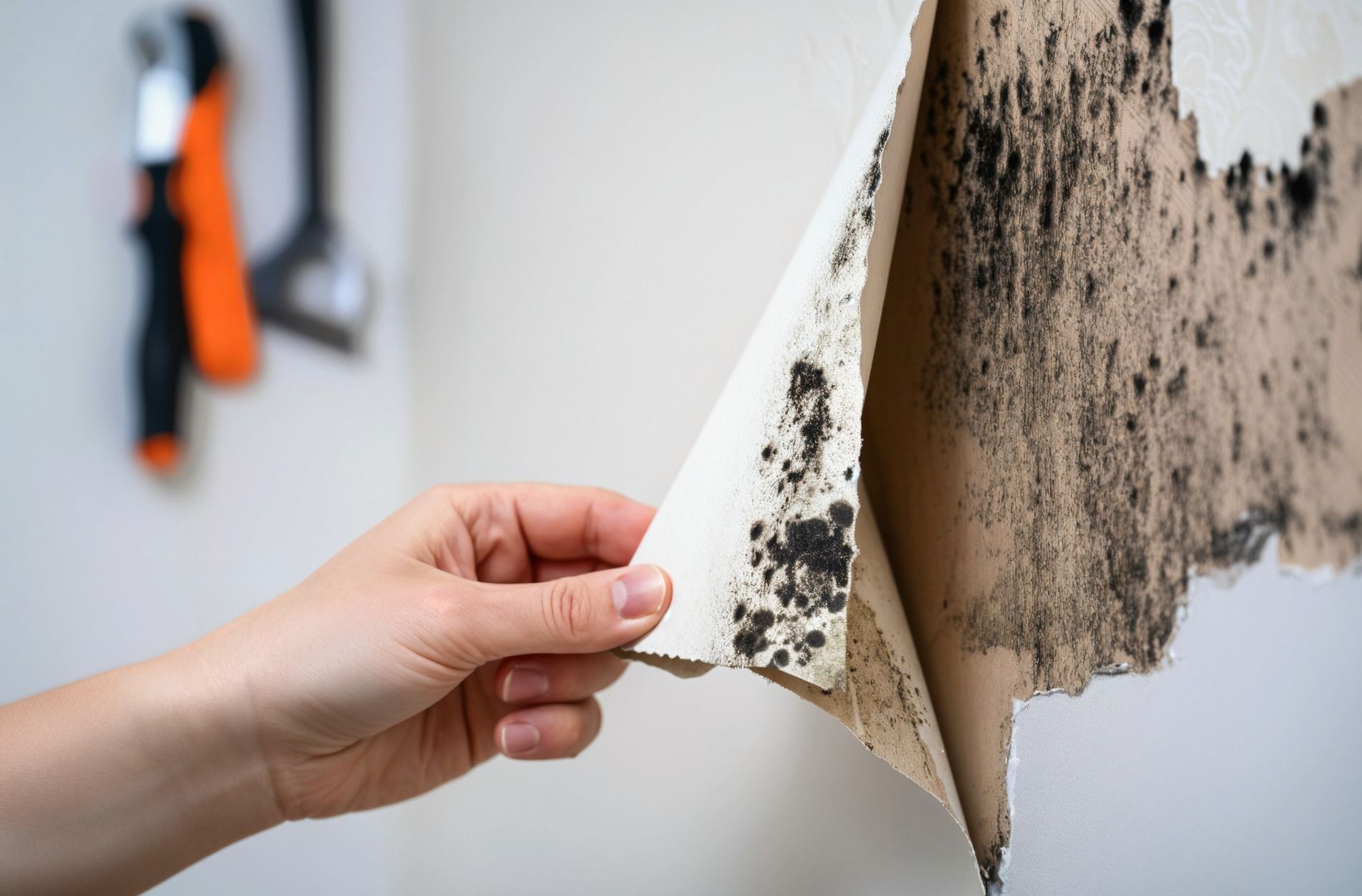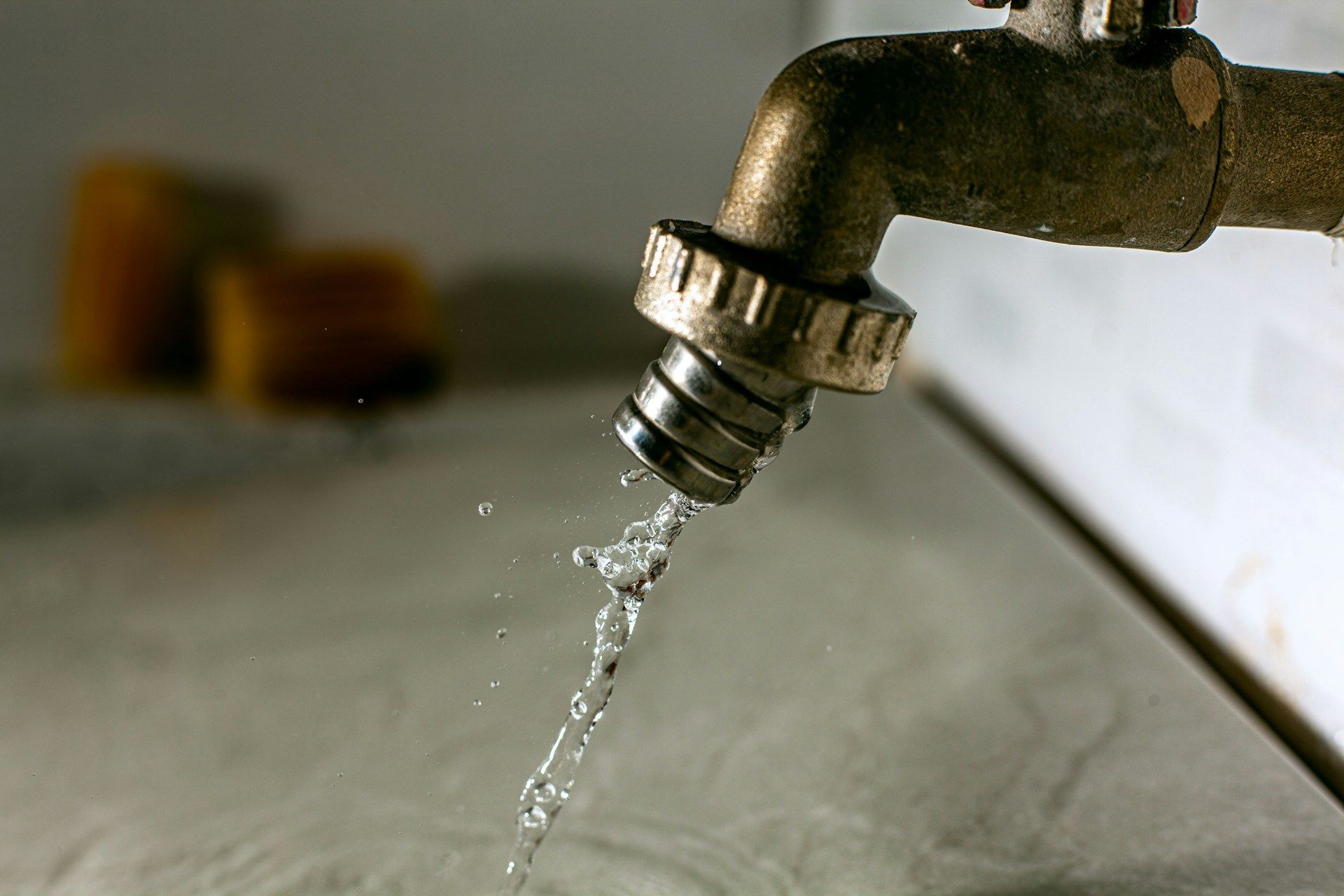Poor Air Quality Affecting Your Business Performance
Most people assume that issues like poor lighting or outdated tech are the biggest things slowing down a workplace. But something invisible might be having a much bigger effect: air quality. When the air in your building isn’t clean, everyone feels it, whether they realize it or not. Employees might be feeling tired, congested, or generally unwell more often during the workday without knowing that the space itself is playing a part.
Good air isn’t just about comfort. It affects energy levels, focus, and even how long people can stay productive. Over time, poor air quality doesn’t just hurt individuals. It slows down business. If a space smells stale, feels stuffy, or causes regular complaints from the team, it might be time to take a closer look at what’s floating through the vents.
Recognizing The Signs Of Poor Air Quality In Your Workplace
It’s easy to overlook something you can’t always see. When the air doesn’t feel obviously polluted, many issues go unchecked for too long. But poor indoor air quality often leaves behind some clear signals if you pay close attention. These can include physical symptoms, odd smells, and visible signs in the space itself.
Here are a few common signs to watch for:
- Unexplained headaches, fatigue, or allergy-like symptoms among workers
- Ongoing complaints of dry eyes, coughing, or throat irritation
- Dust quickly building up on desks, vents, or electronics despite regular cleaning
- Lingering odors from cleaning supplies, fresh paint, or office equipment
- Differences in comfort levels between rooms or floors of the building
- Stale or stuffy air, especially in areas without windows or proper ventilation
Sometimes, facility staff write these symptoms off as just dry winter air or seasonal allergies. But if the same issues keep showing up, or if problems seem to ease up when employees leave the building, indoor air may be part of the puzzle. One office manager noticed that her team always seemed to have more headaches and fatigue midweek. After a bit of listening and tracking, she realized the common factors had nothing to do with workload and everything to do with how the ventilation system worked after a long weekend of still air.
Paying attention to patterns and small physical changes helps catch problems before they grow into major health or performance issues. While you might not need to sound the alarm over a single sneeze or dusty windowsill, checking for clusters of signs can be a smart move toward a healthier workspace.
The Impact Of Poor Air Quality On Business Operations
Poor air quality does more than make a space uncomfortable. It hits productivity hard. When people are breathing in air that’s filled with dust, mold spores, poor ventilation, or chemical fumes, it drains their energy. They may not come right out and say it, but office complaints about tiredness or stress can sometimes be tied to what’s in the air rather than work itself.
This drop in energy levels can ripple through a whole team. Focus drops, tasks take longer, and mistakes start happening more often. When this happens across departments, it delays projects and slows down daily routines. Employees might need to take breaks more often or head home sick, which throws off the workflow and increases pressure on coworkers.
Over time, this kind of environment can affect health and morale. More absences mean added pressure on the rest of the team, and that can lead to burnout. Businesses also end up spending more on paid leave or even temporary replacements. Some might even face complaints if customers or visitors notice musty or chemical smells in the air. These kinds of costs can add up quickly, even when they aren’t always easy to trace on paper.
Clean air isn’t just about comfort. It creates a workspace that helps people stay focused, feel good, and do their jobs better. Fixing indoor air problems doesn’t always require massive repairs. But first, someone has to figure out what's really in the air.
Benefits Of Commercial Air Quality Testing
Commercial air quality testing finds pollutants in your building you might not even know are there. This could include mold spores, carbon monoxide, lead dust, volatile organic compounds (VOCs), and more. These substances aren’t always obvious. Sometimes, what smells clean could still be contaminated. That’s why visual checks or store-bought filters alone aren’t enough.
Professionally run air quality testing uses tools built to measure real levels of pollutants in the air. This gives you detailed results and helps show where problem areas might be. More than that, it helps you make focused improvements that actually work, instead of just guessing at solutions.
Here’s how testing can make a difference:
- Identifies the exact pollutants causing discomfort or trouble
- Helps detect hidden problems like mold behind walls or chemicals from worn-out carpeting
- Supports compliance with safety or health regulations
- Helps you plan repairs or upgrades based on actual data
- Provides peace of mind for business owners and employees
Many business owners are surprised to learn that the air pumped through their HVAC systems might be contaminated. For example, one business found that by only upgrading air filters, they were missing the root of the problem: the vents were full of dust and mold debris. Testing helped pinpoint that issue quickly so targeted steps could be taken.
If your goal is to make your space comfortable and productive, testing is the best possible first step.
Steps To Improve Air Quality In Your Business
Good air quality doesn’t just happen. It takes consistent effort and a bit of planning to get and keep it right. Once you’ve identified where the problems are, the next step is figuring out what to do about them. Some improvements take time while others can be addressed sooner.
Here are a few proven ideas to start with:
1. Schedule regular HVAC maintenance so filters and ducts don’t build up with dust or mold
2. Bring in portable air purifiers, especially in rooms that rarely get fresh air
3. Use cleaning products that are low in VOCs to avoid chemical fumes
4. Make sure vents aren't blocked, and airflow is balanced across rooms
5. Keep indoor plants in moderation—they help clean the air but can also increase humidity
6. Address moisture problems right away to prevent hidden mold growth
7. Train staff to report any recurring discomfort, smells, or signs of mold or dust
Once your air is truly clean, it’s easier to keep it that way. Writing up a basic air management plan can help track filter changes, software updates to air systems, and even employee feedback about air comfort. Keeping records like this makes future decisions faster and easier. It can also help catch issues early before they affect more people.
Breathe Easier With Professional Help
Chances are, if you’ve noticed signs of poor air at work or heard about them from your team, it’s worth looking into. Clean air doesn’t just make people more comfortable. It supports better work, fewer absences, and more energy throughout the day. Ignoring it might save time up front, but it usually leads to bigger disruptions down the road.
Making a space healthy for everyone inside starts with understanding what’s really going on in the air. It’s not always visible or even noticed right away, which is why testing and planning matter. Whether you work in a large office building or a smaller shop, good air is one thing that helps everything run smoother. Keeping it clean is one of the smartest moves you can make for your business.
When it comes to a healthy workspace, knowing what's circulating in your air is key. If you're concerned about those mysterious headaches or unexplained fatigue, it might be time to dig a little deeper. Consider arranging
commercial air quality testing to uncover what’s really going on. Oak Leaf Environmental can guide you through this process, helping you achieve a cleaner, more productive environment.
